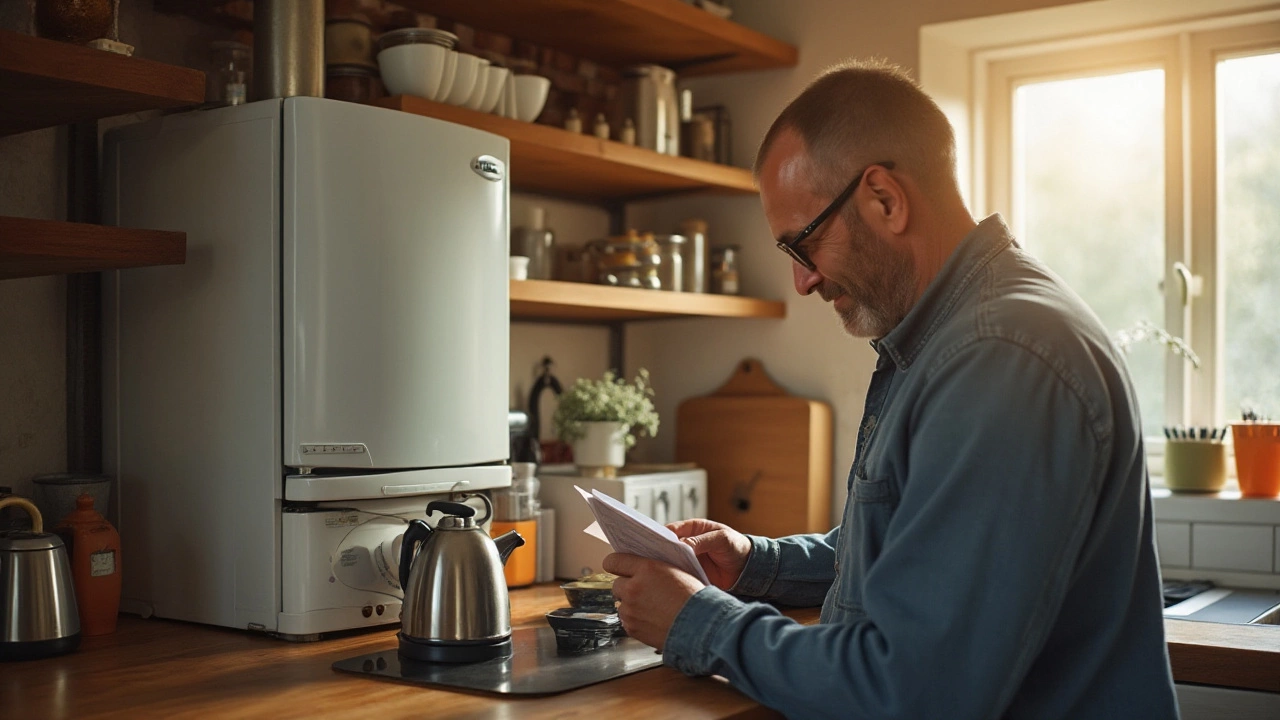Gas Appliances: Handy Fixes, Safety Tips, and Pro Help
If you own a gas stove, oven, or boiler, you’ve probably faced a hiss, a flare‑up, or a stubborn burner that won’t light. Those moments are frustrating, but most issues are easy to spot and fix yourself. Below you’ll find the go‑to checks for any gas appliance, plus clear signs that it’s time to call in a pro like Wells Appliance Repairs.
First, always make sure the area is well ventilated. A slight smell of gas is normal when you light the pilot, but a strong, persistent odor means you need to shut the valve and get help fast. Keeping a simple checklist handy saves you from guessing and keeps your home safe.
Common Issues with Gas Appliances
Here are the three problems you’ll see most often:
- Igniter won’t spark. If the spark electrode is dirty or misaligned, the flame won’t catch. Turn off the appliance, clean the electrode with a soft brush, and make sure it’s positioned correctly.
- Uneven flame. A yellow or sputtering flame means incomplete combustion. Check for clogged burner holes and clean them with a pin or toothbrush.
- Gas smells. A faint smell after turning the appliance off can be a small leak at the connection. Tighten fittings, replace worn hoses, and run a soap‑water test to spot bubbles.
Most of these fixes take under 15 minutes and need only basic tools – a screwdriver, a soft brush, and a flashlight. If you don’t feel comfortable, especially with gas lines, stop and call a qualified technician.
Safety Checks & When to Call a Pro
Even after you’ve cleared the obvious issues, regular safety checks keep problems from creeping back. Every 6‑12 months, do a quick visual inspection of hoses, connections, and the venting system. Look for cracks, corrosion, or loose clamps. Replace any part that looks worn – it’s cheaper than a full repair later.
Call a professional right away if you notice any of these red flags:
- Continuous gas odor even after you’ve tightened connections.
- Repeated failure of the igniter despite cleaning.
- Flames that keep blowing out or that produce a loud, roaring sound.
- Any sign of carbon monoxide – headaches, dizziness, or a malfunctioning detector.
These signs suggest deeper issues like a faulty regulator or a cracked heat exchanger. A certified gas appliance repair service has the tools and certification to test pressure, replace internal components, and ensure everything complies with safety standards.
When you do call a pro, give them as much detail as possible: the make and model, when the problem started, and any steps you’ve already taken. Clear info speeds up the diagnosis and can lower the service cost.
Keeping your gas appliances in top shape doesn’t have to be a nightmare. Simple cleaning, regular visual checks, and knowing the warning signs go a long way. And when things get tricky, Wells Appliance Repairs is ready to handle the job safely and efficiently, getting your kitchen or bathroom back to normal without hassle.
Essential Guide to Regular Gas Appliance Maintenance Checks
0 Comments
Gas appliances are integral to modern living, providing convenience and efficiency in our daily routines. To ensure their safe and efficient operation, regular checks and maintenance are crucial. This article explores the recommended frequency for inspecting gas appliances, highlights potential risks, and offers practical tips for maintaining their optimal performance. Understanding these aspects can help prevent accidents and costly repairs.
Read More